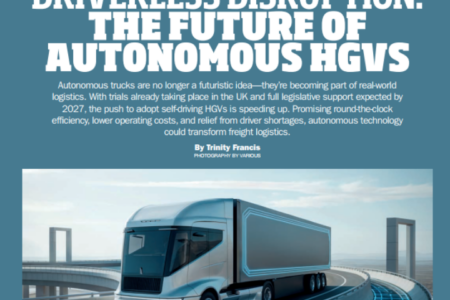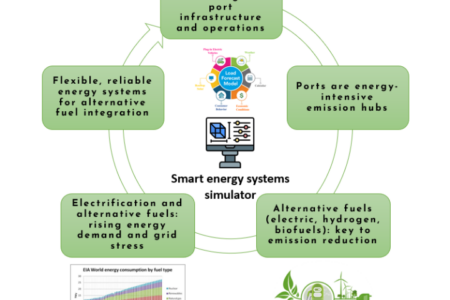Shore power supplied from renewable energy sources is a priority for MAGPIE ports. This technology reduces the CO2 footprint of electricity supply, and the local energy supply can facilitate upscaling, reducing costs & delays for E-infra reinforcement. As it was presented by Edvin Wiggelinkhuizen during the MAGPIE workshop back in September 2023, some issues are however frequently pointed out by port managers: there is often a mismatch between supply and demand profile (daily, seasonal). A direct consequence of this mismatch is that grid reinforcement may still be needed to handle peaks loads. TNO (The Netherlands Organization for applied research) along with other partners such as the Port of Rotterdam, Distro and Heerema, has developed an onboard battery system for ships which stay at quay for a long time. This can be especially relevant for crane ships, as an example. Our use case is a Heerema crane vessel which is docked in Rotterdam and needs a power of 10 MW. The batteries are charged with green electricity when the grid is less tense and when electricity is cheaper. Most of the electricity supply comes from a 34 MW wind farm which is located nearby. During peak hours, the crane vessel is powered thanks to the battery system, avoiding grid dependency. Multiple users could be plugged with this system, in the future. A real-time marketplace for green electricity is also being experienced in the port ecosystem of Rotterdam.




